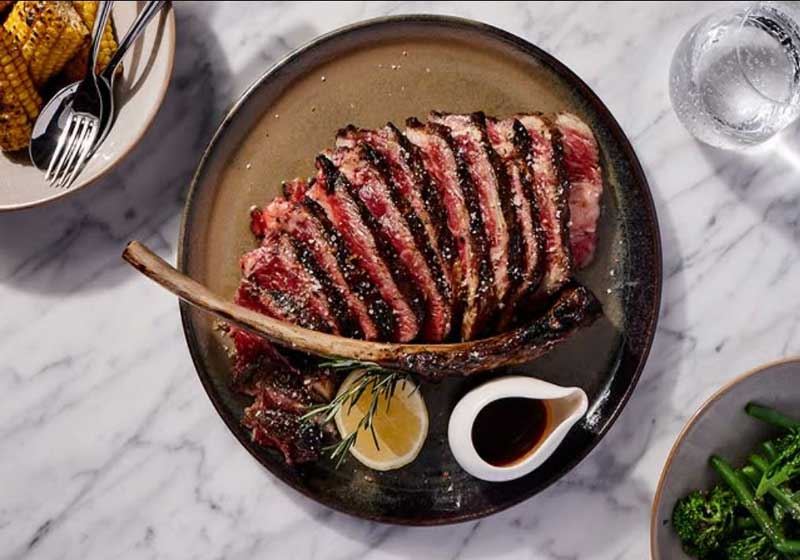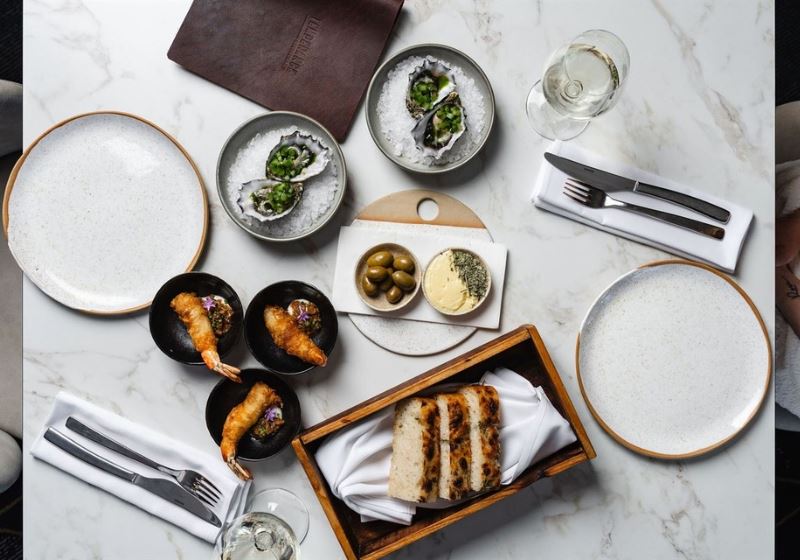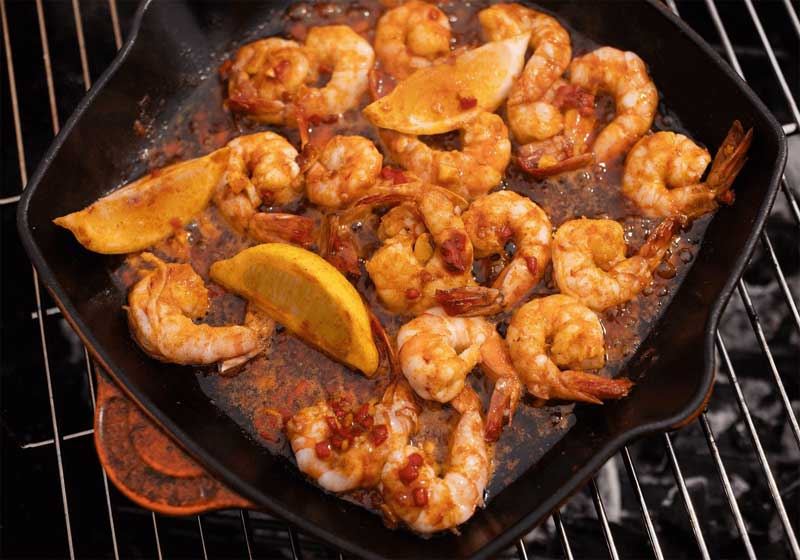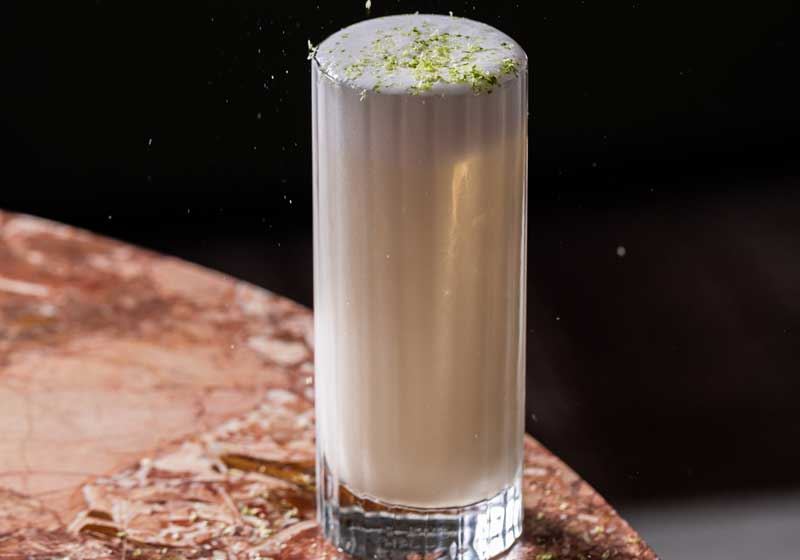Long a staple of Asian cooking, green leafy vegetables have now been incorporated into other diets worldwide, including Down Under.
In addition to adding new flavours to Western diets, Asian greens bring nutritional health benefits such as being high in iron, calcium, manganese, potassium and other minerals; they also contain significant levels of vitamins A, C and K.
These vegetables have a variety of uses in the kitchen such as salads, stir-fries, soups and steamed dishes – here are six we think you should put on your shopping list:
Bok choy:
Bok choy is a Chinese cabbage and one of the most common Asian greens in Western cooking - it has an elongated shape, more similar to romaine lettuce – and mostly used in stir-fries, braised or as a roasted green.
Available at most supermarkets, to keep it fresh ensure it stays as dry as possible and wash the leaves before using to remove contaminants.
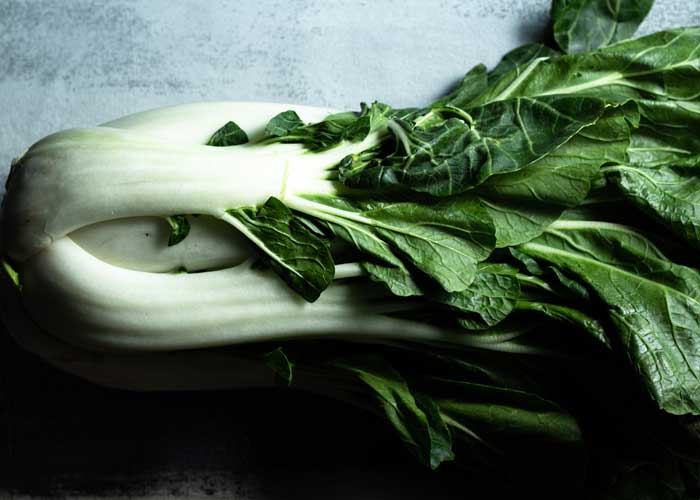
Choy sum:
Choy sum is a sweet tasting Asian green with a similar texture to boy choy and is part of the rapeseed family often used to produce cooking oil. Low in calories, it is a good source of fibre and anti-oxidants as well as folate and B complex vitamins such as thiamin, riboflavin and niacin.
Pairing well with chicken, mushrooms, tofu and seafood, it is typically in season from mid-to-late Spring and then in early Autumn; store these greens in a humid environment such as the vegetable drawer of your fridge.
Gai choy:
Also known as Chinese mustard greens, gai choy leaves are usually pickled, salted or preserved in some way; hearty enough to grow in the snow, gai choy has a bitter flavour similar to arugula or radicchio and a beneficial source of vitamins and minerals, along with containing anti-inflammatory phytonutrients.
Combine these greens with aromatics like dried chilli, garlic and ginger for a tasty side dish to any Asian meal.

Gai lan:
You’ve probably seen gai lan on the menu at some of your favourite restaurants listed as Chinese broccoli – in fact, it is more closely related to cabbage, collard greens and kale. With high levels of vitamins A, C, fibre, iron and calcium, gai lan can be eaten raw but is usually lightly cooked.
Store it in a breathable plastic bag in the fridge, if you want to preserve these greens for longer it is a good idea to blanch them, rinse with cold water and then freeze.
Napa cabbage:
Those who love traditional Korean kimchi will know what Napa cabbage is – this cool season veggie grows with an oval-shaped head and is closely related to the cabbage, mustard greens and broccoli families.
Prized for its high fibre content, antioxidants, vitamins and minerals, along with pickling, you will see it in Asian salads and soups as well as a filling for dumplings; store the unwashed heads in a plastic bag in the vegetable drawer of your fridge.
Dau miu:
Also called snow pea shoots, dau miu are frequently served stir-fried with garlic and other aromatics; these small, tender leaves are lightly sweet and a favourite of many across Asia. Known to be high in protein, fibre and rich in vitamins A, C and K, they will keep best unwashed in a plastic bag in the fridge.
We hope we’ve opened your eyes to new varieties of healthy, versatile greens to make your next meal a dinner winner!


